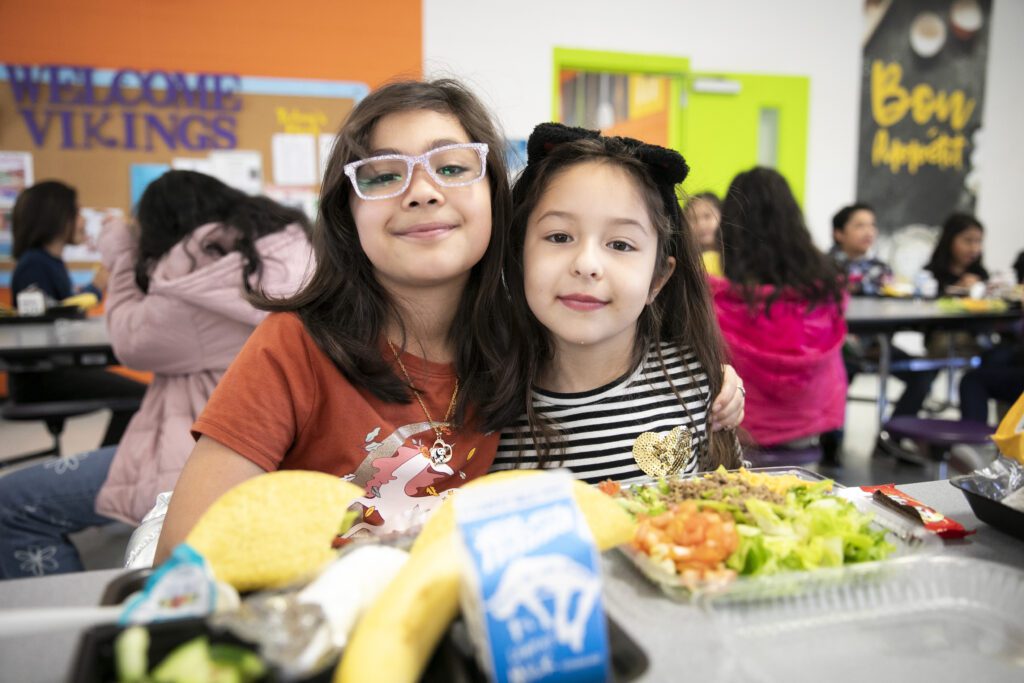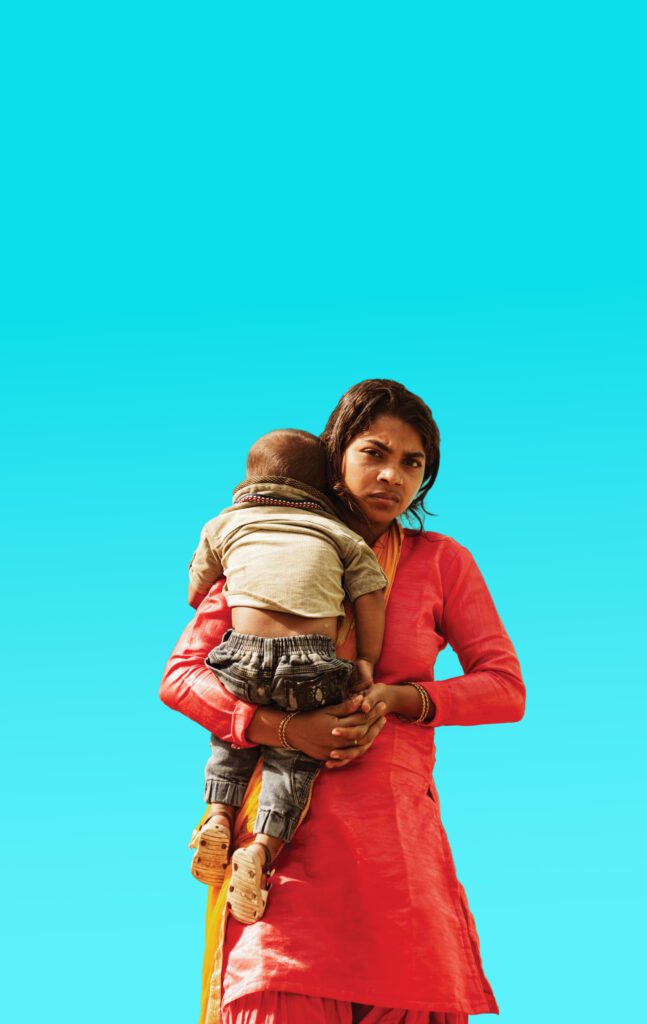
This weekend we returned to Goose Rocks Beach in Maine for our tenth summer and as always, almost nothing had changed. Our neighbor’s two red kayaks are on the same patch of sand, tethered to the same rock. The general store stocks the same candy and magazines. The tides deposit sand dollars and moon snails on the same stretches of sand.
But we did arrive to one wonderful surprise. Each year the game warden cordons off a few spots by the nearby river to protect the eggs of an endangered species of small birds called Piping Plovers. This year, for the first time, a round circular fenced enclosure had also been put up in front of our house. In the middle, in a small depression scraped in the sand, sit four speckled small eggs; perfectly round, and breathtakingly beautiful.
The eggs had been discovered by a neighbor whose call to the Fish and Wildlife Department set the machinery of protection in motion. The fencing, to keep out predators like foxes and gulls, will be up for a month before the eggs hatch and then another 28 days until the chicks can fly. Warning signs are posted, and a leaflet was hand delivered to surrounding homes with instructions about not disturbing the eggs. The enclosures are numbered and the birds monitored. The community, oblivious to and undeterred by the diversity of political views within, pulls out all the stops to ensure the future of these birds through this investment in the earliest possible intervention.
It’s good to be feathered I guess. There are children within the same region of the Fish and Wildlife Service whose struggle to survive and thrive is almost as great as the Plovers. Their predators will be hunger and poverty. These kids are endangered but because their species is not, we don’t marshal resources on their behalf in the same way. Instead we wait, and debate, or make excuses until the damage is done, sometimes irreversibly. One legacy of No Kid Hungry for which we must strive, is not just increased enrollment in programs like summer meals and school breakfast, or even the end to childhood hunger, but creating a culture of nurture and protection that rallies the entire community around each and every child.


